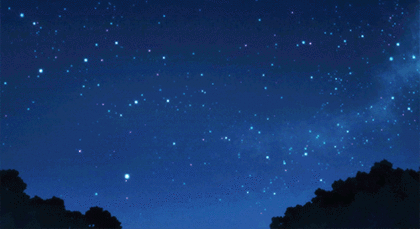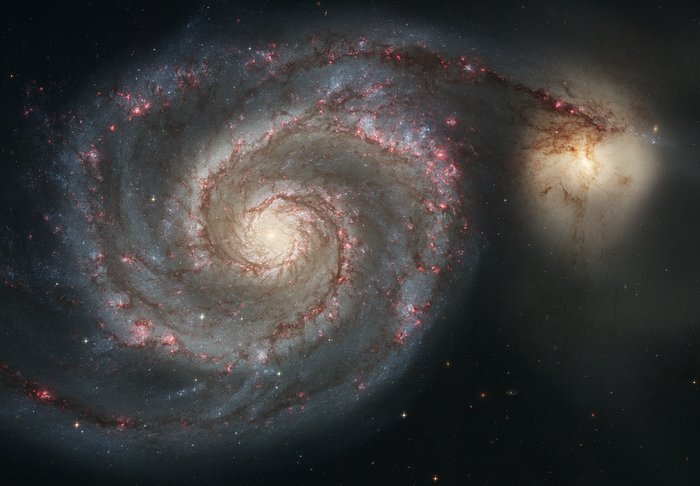May 2025 The night sky this month. Galaxy season wraps up.
Posted by - S. Mallia on 2025 May 1st
May is an exciting month for astronomers and skywatchers, offering captivating celestial events as galaxy season winds down and we prepare for the darkness of the New Moon at month's end. Whether you're a seasoned astronomer or a curious beginner, there's plenty to see in May's night sky.
Planetary Highlights
Jupiter: Look westward just after sunset to catch Jupiter shining brightly. Throughout May, this gas giant will gradually descend closer to the horizon each night, offering spectacular viewing opportunities early in the month.
Mars: Mars offers a delightful sight as it lingers in the southwest evening sky. On May 3, don't miss the close encounter between Mars and the Beehive Star Cluster (M44) in Cancer—perfect for binoculars or a small telescope.
Venus and Saturn: Early risers are in for a treat. Both Venus and Saturn will grace the pre-dawn skies throughout the month, presenting a serene spectacle before sunrise.
Neptune: Accompanying Venus and Saturn in the early morning sky, Neptune is a more elusive target. Though faint, dedicated skywatchers can spot it using binoculars or a telescope.
Mercury: For the first three weeks of May, Mercury makes an appearance in the eastern sky before sunrise. It’s an excellent chance to glimpse this elusive inner planet.
Eta Aquariid Meteor Shower
|
Mark your calendars for the night of May 5 through the early hours of May 6, when the Eta Aquariid meteor shower peaks. Originating from debris shed by Halley's Comet, this shower offers about 20 to 40 meteors per hour under ideal dark skies. Look towards the constellation Aquarius for the best viewing. |
Lunar Events
The Moon plays an active role in May’s celestial showcase:
-
May 4 - First Quarter Moon: Perfect for observing lunar craters and mountain ranges along the Moon's terminator line with telescopes.
-
May 12 - Full Milk Moon: This month's full moon is traditionally called the Milk Moon, brightening the night sky and illuminating landscapes.
-
May 20 - Third Quarter Moon: Ideal for late-night observers as it rises around midnight, offering quiet skies before dawn.
-
May 26 - New Moon: The dark skies around this date provide perfect conditions for deep-sky observations and astrophotography.
Galaxy Season Highlights
As galaxy season comes to an end, northern hemisphere observers still have excellent opportunities to view several remarkable galaxies:
-
Whirlpool Galaxy (M51): Located near Ursa Major, this spiral galaxy is famous for its distinct spiral arms and interaction with its companion galaxy.
-
Sombrero Galaxy (M104): Situated in Virgo, this galaxy is notable for its bright nucleus and distinctive dust lane, making it an appealing target for telescopes.
-
Pinwheel Galaxy (M101): Another spiral galaxy near Ursa Major, offering observers a chance to see its impressive, expansive arms clearly.
|
Whirlpool Galaxy (M51) |
Sombrero Galaxy (M104) |
Pinwheel Galaxy (M101) |
Other Celestial Attractions
Beehive Star Cluster (M44): The Beehive Cluster, known also as Praesepe (M44), gets its name from the appearance of a swarm of bees when viewed through binoculars or a telescope. With the naked eye, it appears as a faint, fuzzy patch, but telescopes reveal its dense collection of stars resembling a bustling hive. English astronomer John Herschel first described it as such in 1833.
Berenice’s Hair (Coma Berenices): Visible prominently around May 16, Coma Berenices is an ancient constellation named for Queen Berenice II of Egypt, who famously offered her hair to the gods as a symbol of devotion. It remains the only constellation named after a historical figure. Rich in celestial wonders, this region of the sky is home to several standout deep-sky objects, including the edge-on Needle Galaxy (NGC 4565), the striking Black Eye Galaxy (M64) with its signature dust lane, and the compact globular cluster M53. Coma Berenices also hosts the sprawling Coma Galaxy Cluster (Abell 1656), containing over a thousand galaxies, and the bright elliptical galaxy NGC 4494, making it a must-visit area as galaxy season winds down.
May promises memorable stargazing opportunities. Whether marveling at the bright planets, enjoying a meteor shower, or exploring lunar landscapes and distant galaxies, this month offers celestial wonders for every observer. Clear skies!





